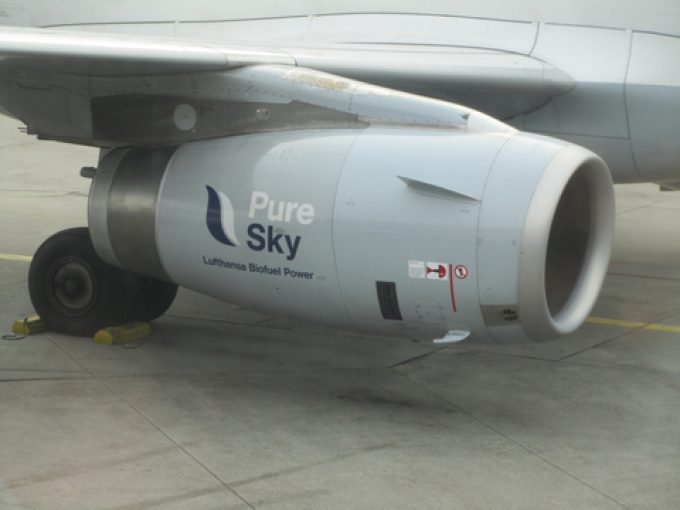'Bitter-sweet' MEPC 83 follows COP 29, narrowing scope of climate commitments
IMO’s Marine Environment Protection Committee (MEPC) 83 meeting, meant to establish robust mid-term decarbonisation measures, ...

Tiaca director general Glyn Hughes has weighed into the SAF debate and aviation’s route to net-zero, urging the industry to recognise the multiple paths it can take to greener flights.
Concerns have been raised over airfreight’s capacity to maintain its present growth rate, cater to rising ...

Comment on this article